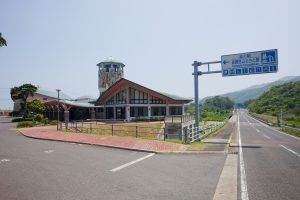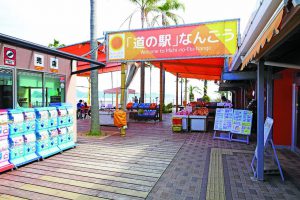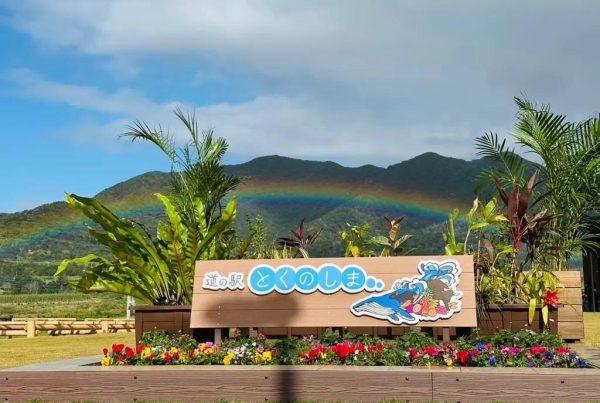Roadside Station Ibusuki
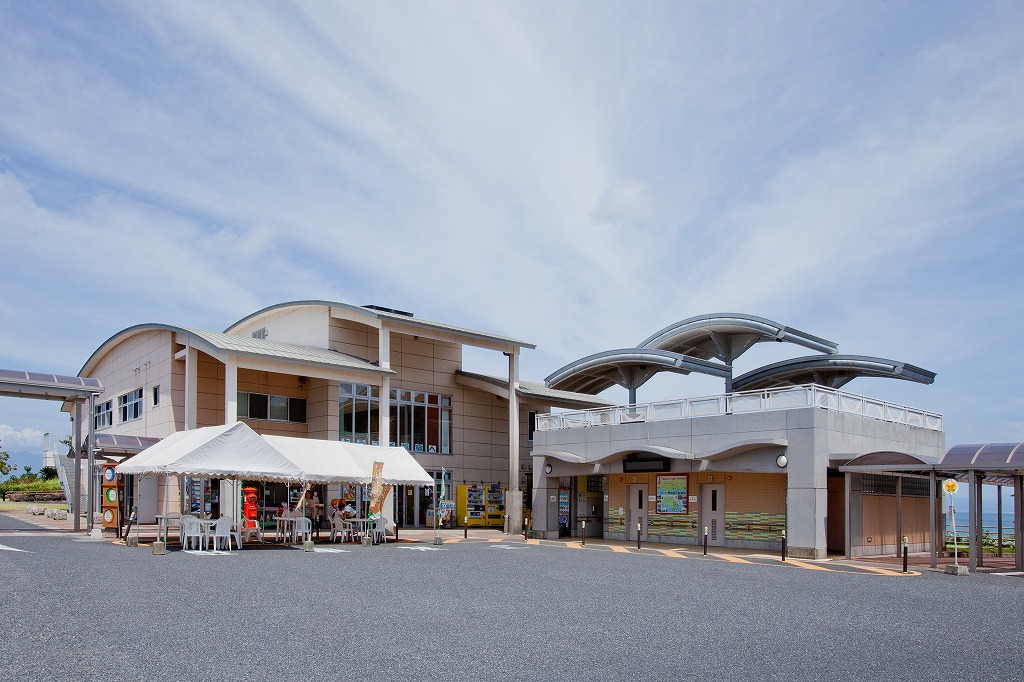
Index
okra, fava beans, peas
Proud to be number one in Japan in terms of production volume
This roadside station is located just after entering Ibusuki City from Kiiri-cho, Kagoshima City. Facing Kinko Bay, it is the gateway to Ibusuki City, known for its sand steam hot springs and Lake Ikeda. The product center was temporarily closed in October 2020 and reopened the following month under the management of Ibusuki City. The restaurant on the second floor is gone, but the special products sales area on the first floor has been expanded. Fresh vegetables such as okra, fava beans, and snap peas, of which Ibusuki boasts the largest production in Japan, as well as seafood landed in Ibusuki, are available, along with processed goods and crafts.
Roadside Station Ibusuki Basic Information
| Location | 52-4 Komaki, Ibusuki City, Kagoshima Prefecture |
|---|---|
| Phone number | 0993-27-9022 |
| Business Hours | 9:00-17:30 Restaurant 11:00-15:00 |
| Access | 15 minutes from Ei IC of Ibusuki Skyline |
| Official HP | https://michinoeki-ibusuki.jp/ |
Map of Roadside Station Ibusuki
Roadside Station Ibusuki Gourmet Information
The best place to eat: Kaisen Tamatebako, Sushi Set Meal
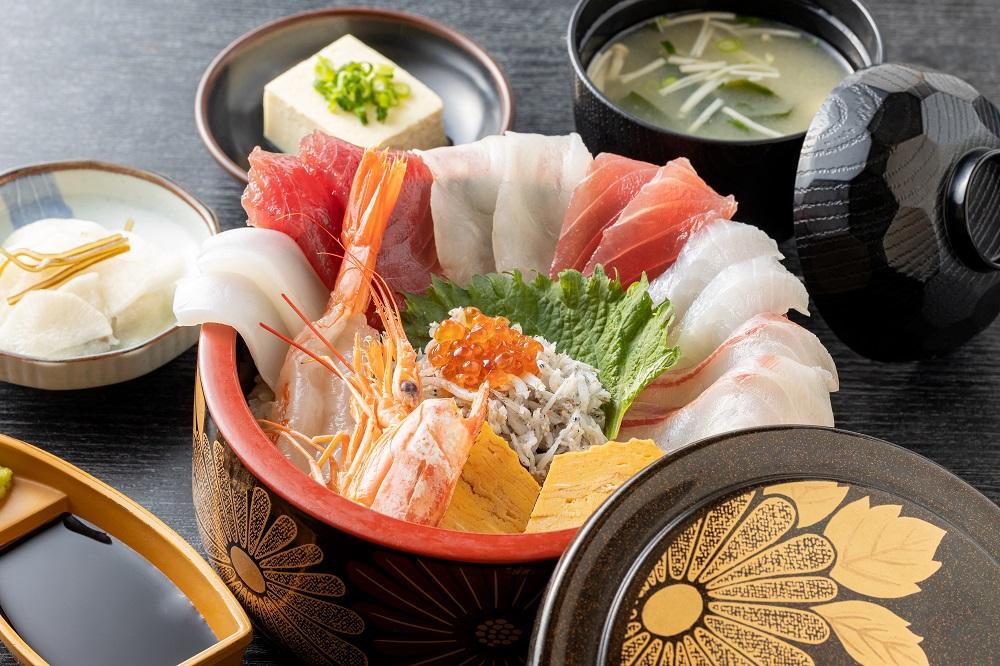
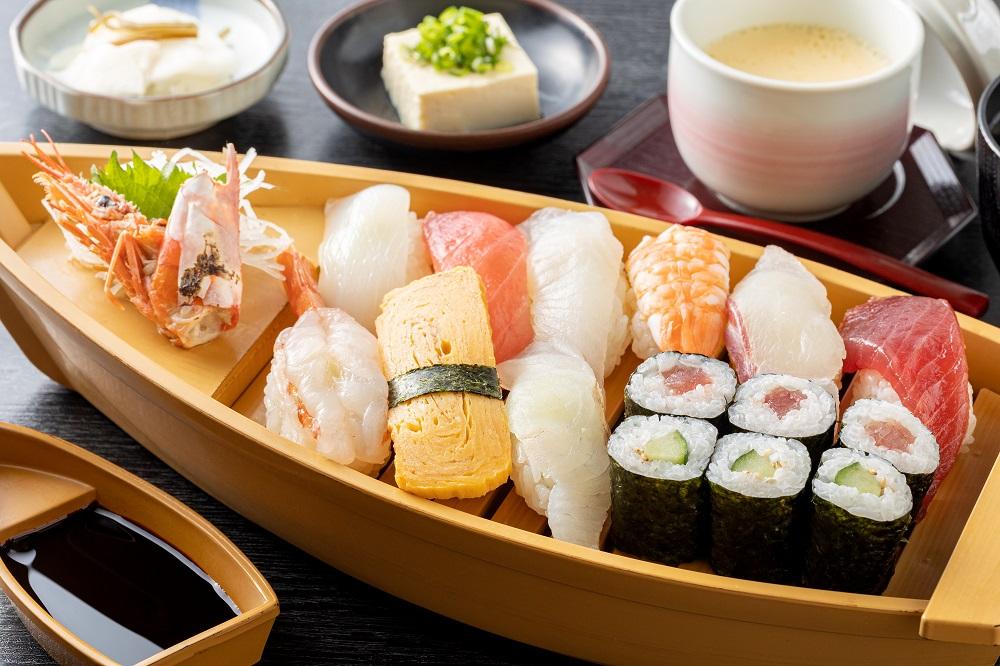
On April 18, 2022, the restaurant at the roadside station will reopen with a new look. The restaurant, which offers fresh seafood, is called "Kanon" (meaning "sea sound" in Japanese). The recommended menu items are the "Kaisen Tamatebako" and "Sushi Set Meal," both priced at 1,540 yen (tax included). The Kaisen Tamatebako is a bowl of rice topped with 10 kinds of seafood, including shrimp, baby sardines, squid, tuna, sea bream, and kanpachi. It is served with miso soup, a small bowl of cooked food, and pickles. The sushi set meal consists of nine pieces of the same sushi items, plus an assortment of tekkimaki and kappamaki rolls. It comes with miso soup, a small bowl of cooked food, pickles, and steamed rice in a bowl. The ingredients for both dishes change with the seasons. The restaurant overlooks the ocean, allowing you to enjoy a rich variety of seafood. Don't miss the Katsuo-zuke-don, a bowl of rice topped with pickled bonito, which is unique to Ibusuki.
Okra, the most popular local product
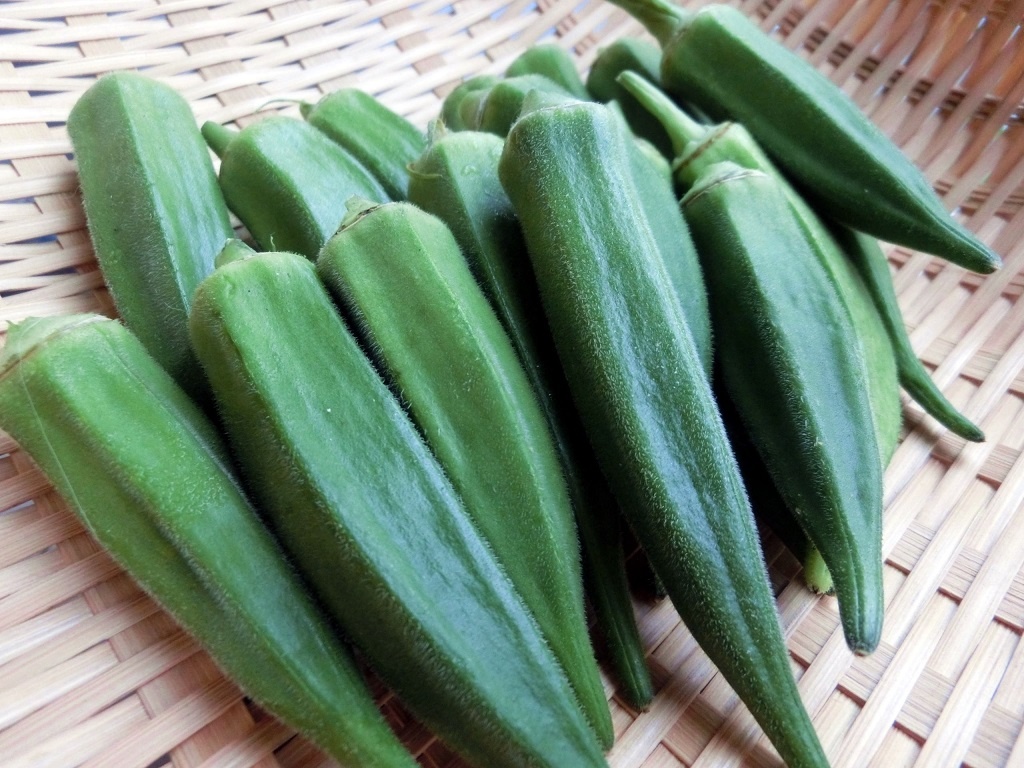
Ibusuki City produces the largest amount of okra in Japan. Originating from northeastern Africa, okra is said to have entered Japan in the early Meiji period (1868-1912), but it was not until after World War II that cultivation began in earnest. Ibusuki City began breeding okra as early as 1950, soon after the war, and the number of growers and the amount of okra shipped increased. Today, there are nearly 1,200 farmers in the city. The greenhouse variety is available from April to mid-July, while the open-air variety is available from late May to October. At the station, you can find not only freshly picked okra, but also a variety of processed products such as okra potage.
The local product, the top product of the local area, the soft beans.
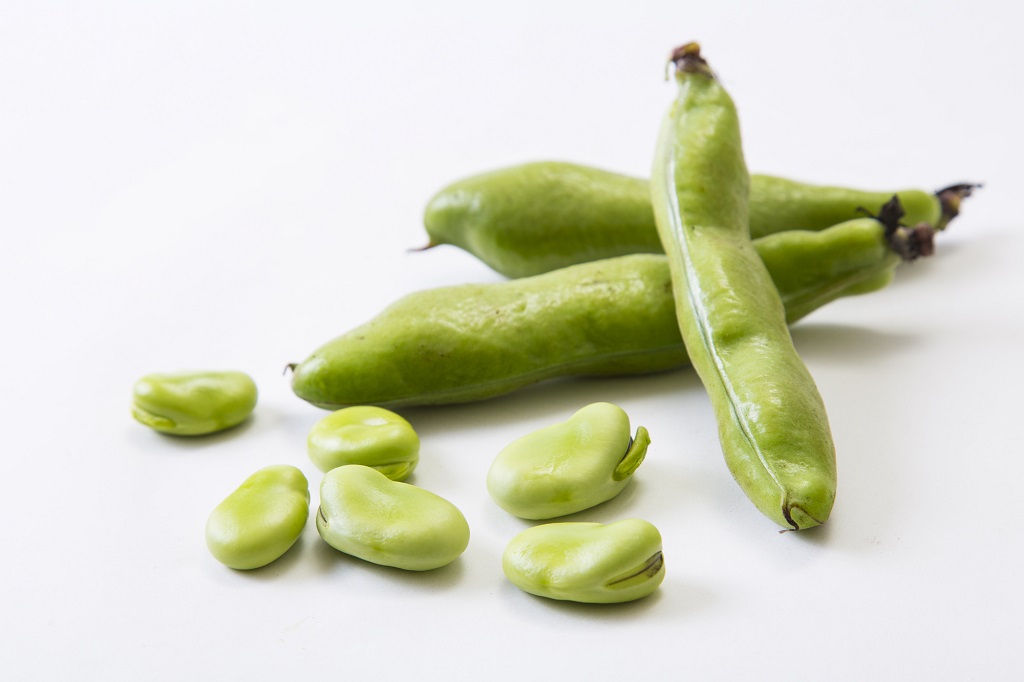
Along with okra, this is also Japan's largest agricultural product in terms of production. Kagoshima Prefecture as a whole is by far the largest producer of fava beans. The cultivation of mung beans began soon after the end of World War II, and currently more than 600 households are growing mung beans in Kagoshima Prefecture. Ibusuki City's fava beans are also a "Kagoshima Brand. The cold winter makes them sweeter, and they are shipped from the beginning of December to the end of April. The early harvest is creamy, and the ripe ones have a crunchy texture. The freshness of fava beans is said to last no longer than three days, and once they are taken out of the pod, their freshness quickly deteriorates. If you buy fava beans as souvenirs at train stations, it is recommended to take them out of the pods just before eating them.
© P.K.N.
Local products: Snap peas
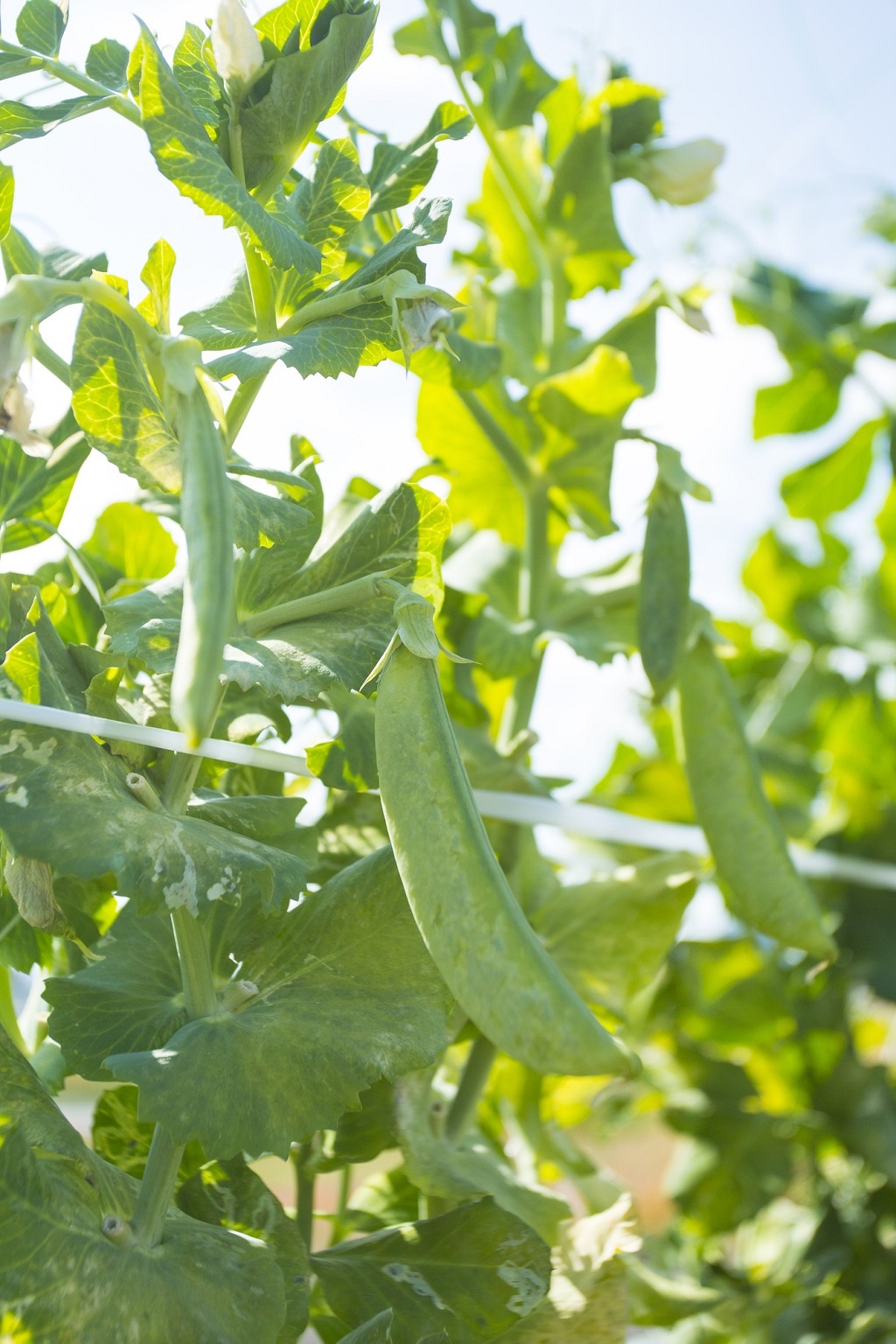
Ibusuki City is also Japan's largest producer of snap peas, which once again overturns the image of hot springs steamed in the sand. Anyway, snap peas are a great way to enjoy the crunchiness of the pods and the sweetness of the peas together. They contain a good balance of nutrients, including β-carotene, which is converted to vitamin A in the body, and tamin C. Eating snap peas with their pods also allows you to get a good amount of dietary fiber. The best snap peas are thick-fleshed and taut. The season is from mid-November to mid-April. You can eat them with their pods by simply removing the stringers and boiling them in salted water for one minute. Incidentally, the production of Japanese peas is said to be the second largest in Japan. Purchasing agricultural products at Michi no Eki Ibusuki will be a pleasure.
The best way to eat okra soft serve ice cream!
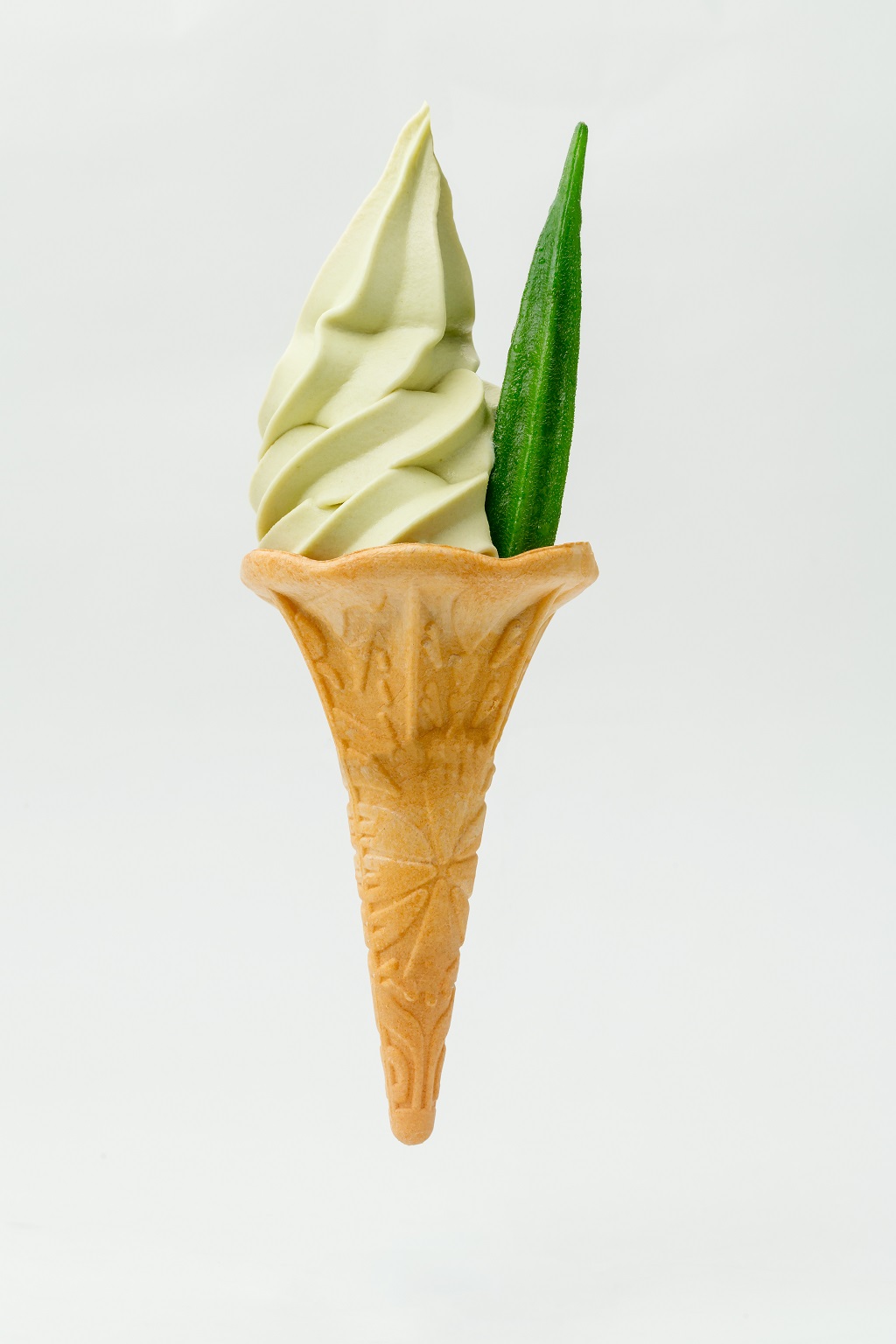
Now, among Japan's top domestic producers of okra, Ibusuki City is proud of its okra. Of all the soft-serve ice creams at roadside stations that use this prized local product, Michi no Eki Ibusuki's okra soft-serve ice cream is probably the only one of its kind. Okra powder, which contains all the rich nutrients of okra, is added to vanilla cream. This gives the cream a light green color, and the texture of the cream is sticky. As for the taste, don't be put off by the mere mention of okra soft serve ice cream. It tastes somewhat like tea and is not too sweet. During the season when okra is harvested, a piece of okra boiled in salt is served with the ice cream. 400 yen (tax included)

